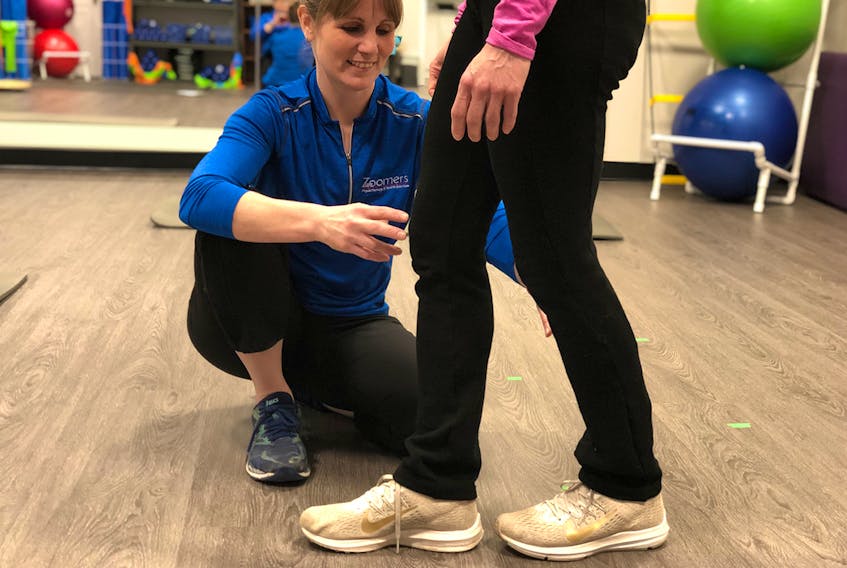As the weather warms up, many of us will be looking forward to getting more fresh air and physical activity by walking more often. A walking program is a fantastic way to increase your overall well-being by giving a boost to your physical and mental health.
Whether a regular walking program is completely new to you or you’re simply getting back to it after the winter “break,” making a plan is important. Here are the five areas we consider at Zoomers when working with our clients to help them get started off on the “right foot” with their walking programs!
Get medical clearance
Walking is generally a safe form of exercise. However, if you are new to exercise and/or have a new health diagnosis, it is best to check with your health-care provider before getting started.
Make a plan
When starting a walking program, it is a good idea to space your walks out with at least one day “off” between them. This means you should initially plan to walk no more than three to four times per week.
It can be helpful to start and end each walk at a slightly slower pace for five minutes to allow your body to warm up before and cool down after. The additional time you spend walking will depend on your initial fitness. Walking three times per week for about 20 minutes each time (including warm-up/cool-down) is a good starting point.
Determining how difficult your walk should feel (the intensity) can be challenging. As a general rule, you can use the “talk test” to find the right intensity. If you can sing while walking, you might not be working hard enough; if you can’t talk without being short of breath, you are likely working too hard. If you’re unsure about what intensity is safe for you, check with your health-care provider.
Choose your route
Routes that are relatively flat and have predictable terrain are the best option when you’re starting a walking program. Avoid ungroomed paths and the shoulder of the road where the footing can be uneven; this creates abnormal stress on your feet, knees, hips and back.
Choose your equipment
Whether it’s the shoe salesperson or your physiotherapist, someone should watch you walk in and out of your shoes to determine which shoes are best for you; it matters. Other items like orthotics, braces and walking poles can sometimes make walking more comfortable and are great options to include if they are helpful for you.
Stretch
It can be helpful to stretch your lower body muscles (buttocks, thighs, calves) after each walk to reduce muscle stiffness.
The right combination of these strategies is a little different for each of us. A physiotherapist can help you set up a program that is specific to your starting point and goals. Good luck getting started this month and be sure to watch for my next column, where I’ll share my best tips for progressing your program and staying on track.
Laura Lundquist is a physiotherapist whose passion for healthy active aging prompted her to open Zoomers Physiotherapy and Health Solutions in Halifax. More information about Zoomers’ healthcare and fitness services can be found at www. zoomershealth.ca, www.club-z.ca or by calling 902-453-1525. Located at 291 Horseshoe Lake Dr., Halifax.









